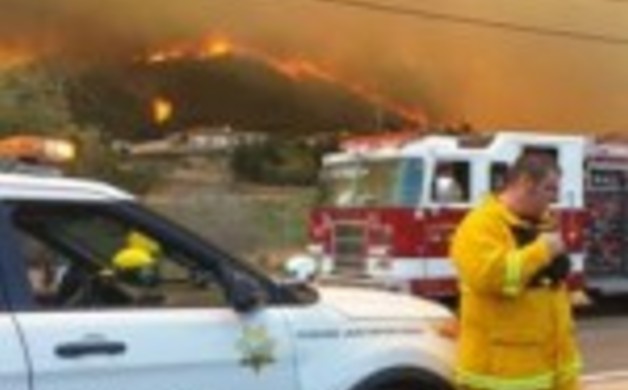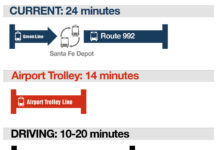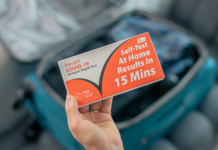Before a Disaster: Plan for Your Pets
In light of the recent fires that swept across San Diego County, the San Diego Humane Society and SPCA reminds pet owners to make sure you have an emergency plan that includes your pets. The San Diego Humane Society offers its top ten list of tips to prepare and care for your animal if disaster strikes.
“No one schedules their emergencies—but you can plan for them. These last fires were a reminder to us all that our pets need an emergency plan just as much as we do,” said Dr. Gary Weitzman, president and CEO of the San Diego Humane Society and SPCA. “We want to remind our community that a little knowledge, pre-planning, and an emergency kit, will go a long way during a disaster.”
The San Diego Humane Society recommends the following tips to plan for pets should disaster strike:
10. Safe Places for Your Pet
- Most evacuation shelters generally don’t accept pets so it’s important to plan ahead to ensure that your pets and family will have a safe place to stay. Research hotels and motels outside your immediate area for pet policies and ask friends and relatives outside the area if you and your pets can stay with them in case of a disaster.
9. Proper Identification and Updated Vaccinations
- Having your pet licensed AND microchipped can protect your pet and help identify them if they were to become lost. Also, keep your pet’s vaccinations current, and keep the records handy.
8. Leave Early and Take Your Pet
- One of the most important things to do if you are evacuating your home is to take your pets with you because you may be forced to stay away longer than anticipated. In addition, leave early and don’t wait for mandatory evacuation orders because if emergency officials have to evacuate you, you might be told to leave your pets behind.
7. In Case You’re Away
- A disaster may strike when you’re away from home. Make arrangements in advance with a trusted neighbor (who is comfortable with your pets and knows where in the home they are likely to be) to take them and meet you at a specified location.
6. Large Animals
- If you have large animals or livestock, have enough trailers or travel containers available for all of them. If possible, make arrangements with boarding facilities or a friend with a ranch in a different area to take in your large animals in the event of a disaster. Keep halters/ropes ready for each horse that includes the horse’s name, your name/phone number and a separate emergency contact number. Also, keep a reserve supply of horse feed and water on hand that will last for at least 72 hours.
5. Picture Perfect
- Have a photograph taken of you with your pets to show proof of ownership should you become separated. You can also register your pet’s photo on the facial recognition app, Finding Rover. The San Diego Humane Society and the San Diego County Department of Animal Services are using this new technology as one more way to be able to reunite pets with their owners quickly.
4. Pet Carriers
- Have pet carriers ready that are the correct sizes for each of your pets. Make sure each carrier is labeled with your contact information, should you become separated from your pet.
3. Prepare an Emergency Kit
- Have a pet emergency kit prepared and ready for a disaster. This kit should have:
- Three-plus days supply food and food bowls, water and two weeks of your pet’s medications
- Litter boxes with litter, if you have cats
- Extra leashes and collars
- Vaccination and medical records
- Photos and descriptions of each pet
- Pet first aid kit and pet first aid book
2. Pet First Aid
- Attend one of the San Diego Humane Society’s Pet First Aid certification classes so that you are able to immediately care for your pet if you are unable to get them to a veterinarian right away.
1. Emergency Numbers:
- If you have to evacuate at the last minute and cannot take your pets, don’t be a hero and return to the danger zone to try to rescue them. Contact a trained professional rescue team, such as the San Diego Humane Society’s Animal Rescue Reserve’s 24-hour hotline: (619) 299-0871.




